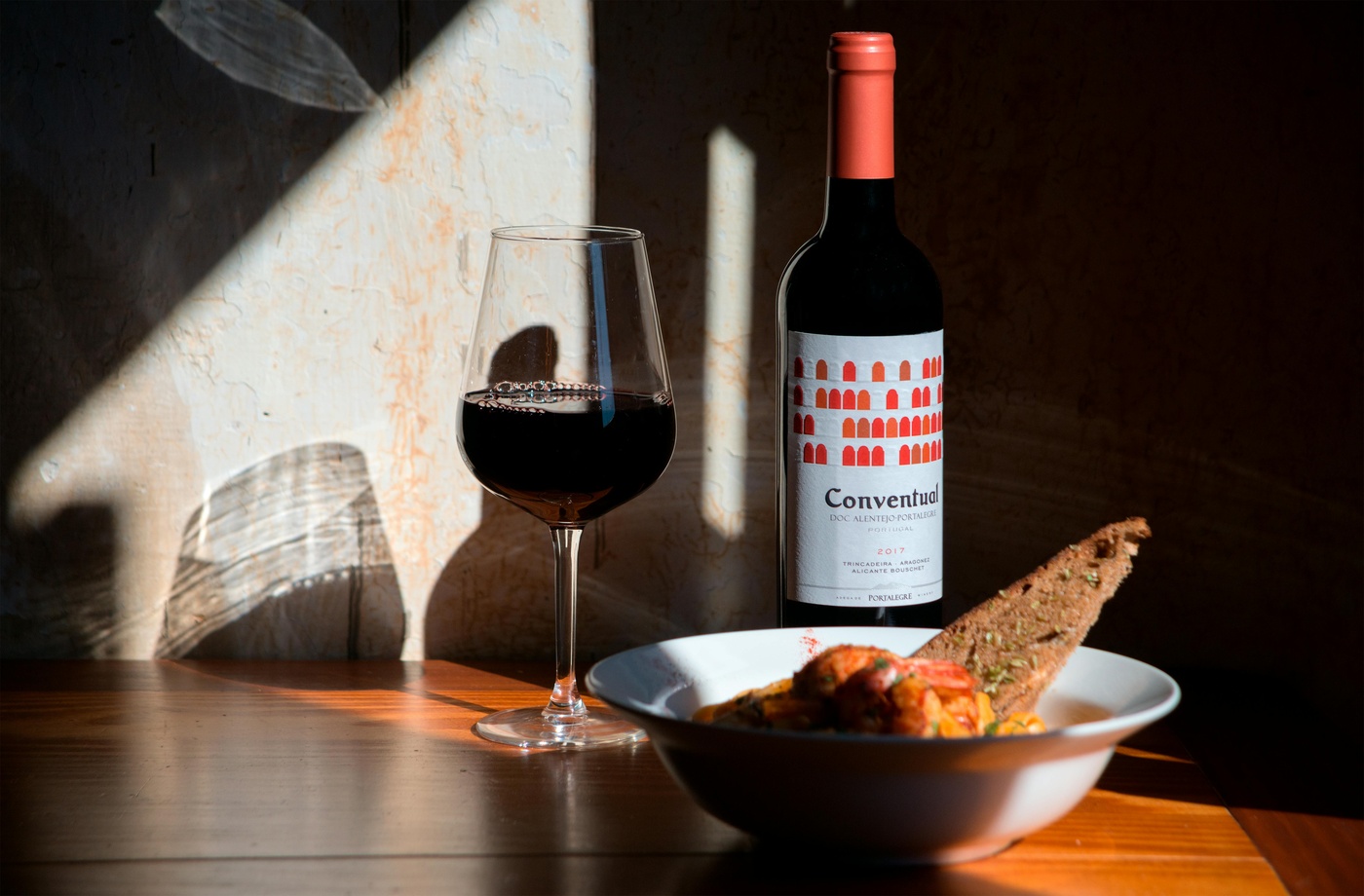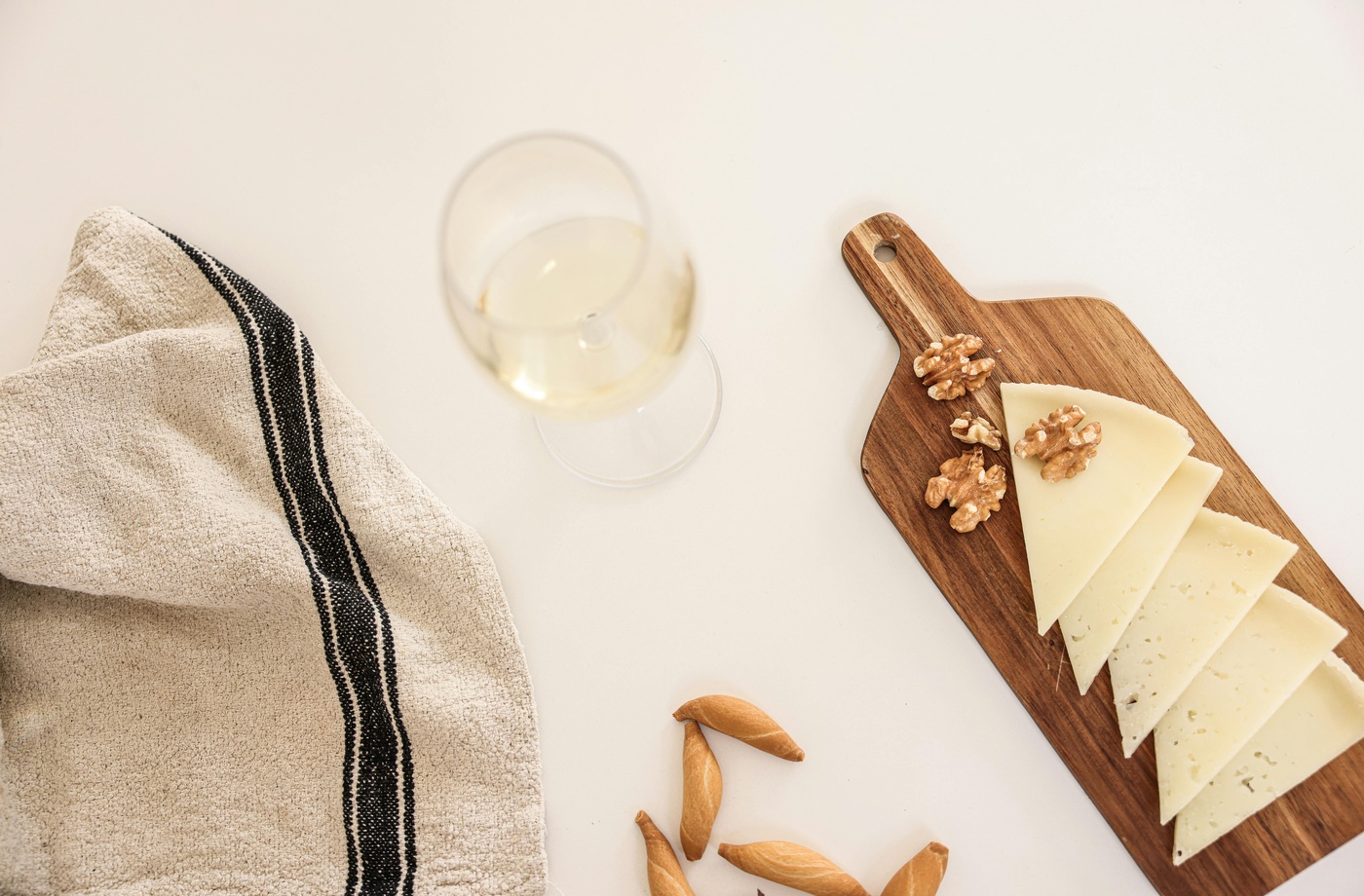As interest in sustainable agriculture and clean eating grows, so does the appeal of natural and biodynamic wines. These alternative winemaking practices emphasize purity, minimal intervention, and environmental stewardship. But what exactly sets them apart from conventional wines—and how can newcomers explore them with confidence? This guide breaks down the basics and helps you sip more consciously.
What Is Natural Wine?
Natural wine is made using minimal intervention throughout the winemaking process. That means:
- No added yeasts (only wild, naturally occurring yeasts)
- Little to no sulfur (a common preservative in conventional wines)
- No additives like color enhancers, acid regulators, or sugars
- Minimal filtration or clarification
The result is often a wine that’s cloudy, funky, or more unpredictable—but also alive, expressive, and unique to its terroir.
Learn more about natural winemaking through resources like Wine Folly or the Raw Wine community, a global platform for low-intervention winemakers.
What Is Biodynamic Wine?
Biodynamic winemaking goes one step further. Based on the agricultural philosophies of Rudolf Steiner, it treats the vineyard as a living, interconnected ecosystem. This includes:
- Following lunar cycles for planting and harvesting
- Using biodynamic preparations, such as compost teas and mineral solutions
- Maintaining biodiversity on the land (e.g., planting cover crops or allowing animals to graze)
While biodynamic methods may sound esoteric, many top-tier vineyards—especially in France, Italy, and California—adhere to these principles for both quality and sustainability.
How Do Natural And Biodynamic Wines Taste?
Expect surprises. Natural wines tend to be:
- Earthy, rustic, or even slightly fizzy
- Less filtered and visually cloudier
- Variable from bottle to bottle (even within the same vintage)
Biodynamic wines, while also minimally handled, may taste more polished due to stricter vineyard care. Both categories focus heavily on terroir—how soil, climate, and topography influence the wine.
Labeling Can Be Tricky
Unlike “organic,” which is a regulated term in many countries, “natural wine” is not officially defined by most government bodies. This means producers can market wines as natural with few legal requirements.
For biodynamic certification, look for seals from:
- Demeter International (the primary certifier of biodynamic farms)
- Biodyvin, a European biodynamic wine certifier
- Some wineries may also self-declare but follow strict internal standards
When purchasing online, check for importer notes and winemaker bios, which often reveal the production style.
Pairing Natural Wines With Food
Because natural wines can have unique flavor profiles, they pair best with simple, whole-food dishes. Think:
- Roasted vegetables, legumes, and grain bowls
- Natural cheeses and charcuterie
- Fresh seafood and light pastas
- Rustic breads and olive oil
These pairings allow the wine’s nuance to shine without overwhelming the palate.
Final Thoughts
Natural and biodynamic wines invite drinkers to explore authenticity, sustainability, and storytelling in each bottle. While the flavors may challenge expectations, they offer a closer connection to the land and the people who cultivate it. Whether you’re shopping locally or exploring online, expanding your wine knowledge with these styles is a rewarding journey into the heart of honest winemaking.




